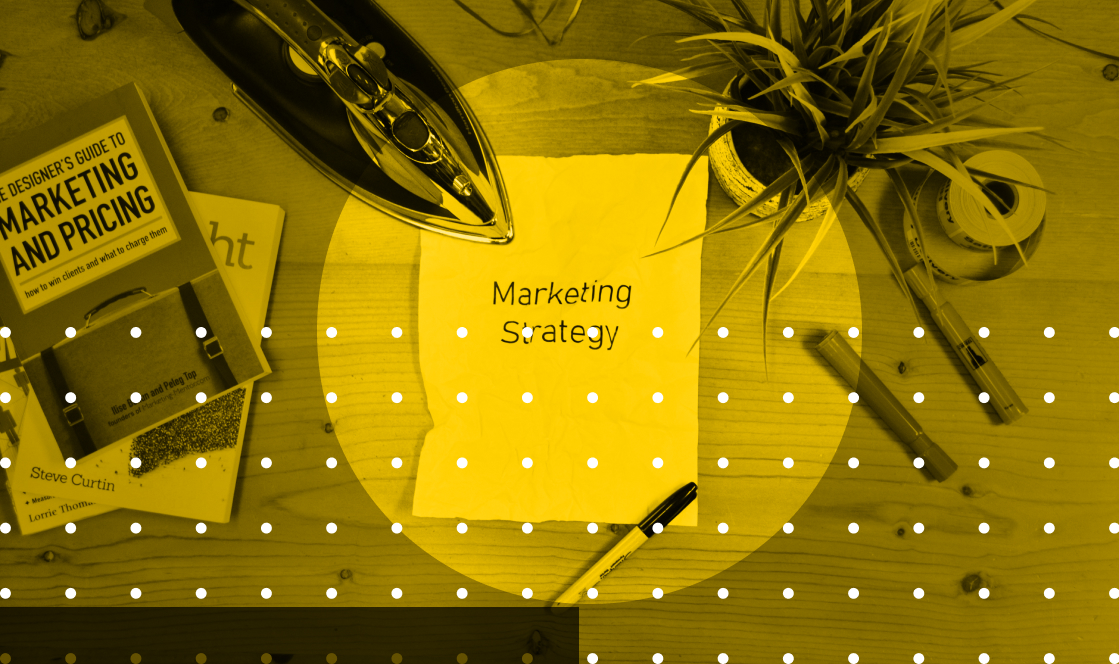Blogging used to be the foundation of every B2B content strategy. It was the go-to move for organic traffic, SEO rankings, and lead generation.
But that playbook no longer delivers predictable results. The environment has shifted. Attention has moved. Search engines have changed. And AI-generated content has flooded the space.
After years of relying on blogging, I made a full pivot to a different strategy—and it is working better across every measurable outcome.
Here is why blogging no longer works the way it used to, and what I am doing instead to drive visibility, engagement, and real revenue growth.
Want help building a modern B2B content strategy 2025 that drives the pipeline? Schedule a Discovery Call, and we will help you rework your marketing mix.
Why Blogging Is Dead B2B Marketing
Here are four reasons why traditional B2B blogging is dead B2B marketing:
1. Content Saturation
AI tools have made it incredibly easy to produce content, flooding search engines with repetitive, low-value posts. Even good content gets lost in the noise.
Standing out now takes more than publishing a 1,500-word blog. It requires a differentiated format, voice, and insight.
2. Declining Organic Reach
Search algorithms have shifted dramatically. Google’s new Gemini summaries often take the top spot on the page, pushing organic listings further down. On top of that, large, authoritative brands are getting prioritized—making it harder for emerging companies to rank at all.
3. Audience Attention Has Shifted
Today’s buyers prefer quick, visual, and on-the-go content. They scroll LinkedIn, watch short-form video, and listen to podcast clips. Long-form blog content often cannot hold attention long enough to deliver value.
4. High Effort, Low Return
High-quality blogs take time. They require research, editing, formatting, and promotion. And with lower organic reach, the return does not justify the effort for most teams anymore.
What I’m Doing Instead
After testing several approaches, I landed on a B2B content strategy 2025 that creates more engagement, leads, and authority—without the grind of traditional blogging.
Here are the six strategies driving my content engine today.
1. Video-First Content Strategy
I now start every content cycle with long-form video, typically deep dives on GTM topics published to YouTube. From there:
- We create short-form clips for LinkedIn, YouTube Shorts, and other platforms
- We extract quotes, soundbites, and insights to create mini blog posts or social content
- The “sawdust” of the video becomes repurposed content, helping maximize reach without extra time investment
With a video-first content strategy, posts are based on my insights and experience, they are harder to replicate with AI—and more likely to show up in tools like ChatGPT, Gemini, or Claude that pull from original source content.
2. Podcast Guest Appearances
Rather than trying to run my own podcast, I focus on appearing as a guest on established shows in my industry.
This gives me access to:
- A ready-made audience that matches my ICP
- Built-in credibility from the host’s brand
- A scalable way to create long-form audio and video content
- Feedback loops I can use to refine messaging
This approach helps build trust faster and establish authority, without the burden of running a show.
3. Social Media Engagement on LinkedIn
My social content strategy is simple and structured:
- Consistent posting of short videos, insights, and articles
- Direct engagement with ICPs and industry conversations
- Strategic use of LinkedIn’s algorithm to reach new audiences
Unlike SEO, LinkedIn distribution is proactive—the platform pushes content into feeds, helping you grow visibility with less friction.
Every post includes a call to action—often pointing to lead magnets or my newsletter—so I can bring people from LinkedIn into my owned ecosystem.
4. Email Marketing With Purpose
Email is still high-leverage—but only when used strategically.
My approach combines:
- A weekly newsletter with original ideas and curated insights
- Targeted email sequences triggered through my CRM to reach specific audience segments
The goal is simple: deliver value, stay top of mind, and drive action—whether that’s a reply, a resource download, or a discovery call.
5. Account-Based Marketing (ABM)
For high-fit accounts, I run a targeted ABM play:
- Build LinkedIn lists using Sales Navigator
- Run connection campaigns to start relationships
- Enrich contacts with email and firmographic data
- Sequence personalized outreach through my CRM
- Offer lead magnets or direct calendar links to book calls
This is my most intentional outbound motion—it prioritizes quality over volume and aligns tightly with who I want to work with.
Read More: Choosing the Right Channels and Content for Your B2B ICPs
6. Thought Leadership That Cuts Through Noise
My content is built around two core themes:
- Teaching practical, proven strategies that I use daily
- Publishing original research and deep analysis on the markets I serve
This approach helps me stand out in a crowded feed. I am not sharing what everyone else is saying—I’m offering specific insight backed by personal experience or data.
Over time, this positions me as a trusted expert, which shortens sales cycles and builds a stronger audience.
Key Takeaways
Blogging is not dead, but it is no longer the centerpiece of a high-performing B2B content marketing strategy.
Here’s what works better today:
- Use video as the foundation of your content system
- Leverage other people’s audiences through podcast guesting
- Focus efforts on the platforms your buyers actually use
- Build your own email list and send with intention
- Target high-fit accounts with personalized content and outreach
- Publish content that builds credibility, not just traffic
This is what I’ve shifted to—and it’s producing stronger results than blogging ever did.
If your B2B content marketing feels stuck, you don’t need more blog posts. You need a system built for how people actually find, evaluate, and engage with brands today.
Additional Resources
→ My Lead Generation Reading List
$100M Offers by Alex Hormozi
$100M Leads by Alex Hormozi
Expert Secrets by Russell Brunson
The Art and Business of Writing by Nicolas Cole
Founder Brand by Dave Gerhardt
Predictable Revenue by Aaron Ross & Marylou Tyler
The Challenger Sale by Matthew Dixon & Brent Adamson
→ My Sales & Marketing Stack



